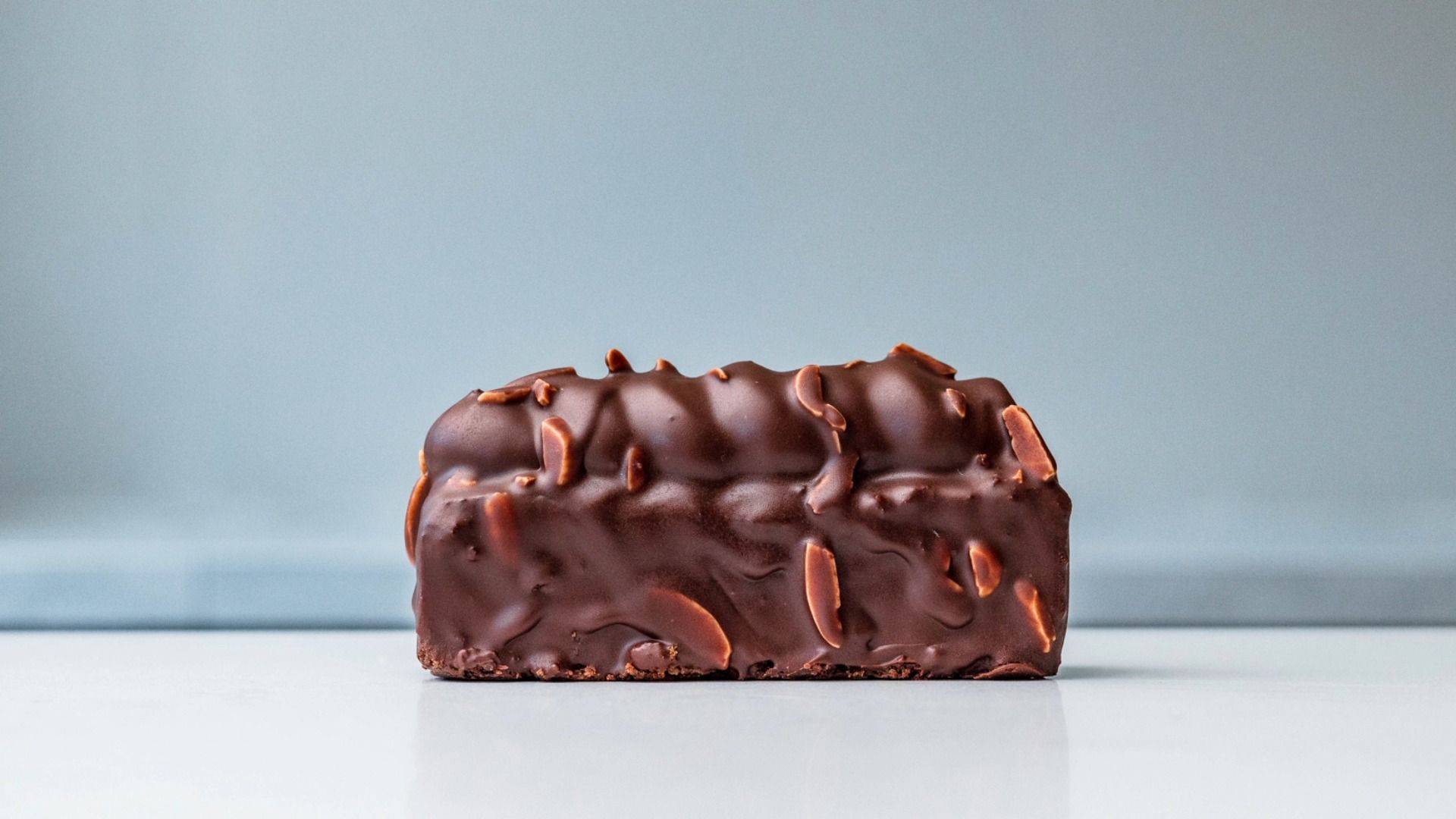Why Condensation Forms on Frozen Cakes—and How to Prevent It (For Home Bakers)

If you’ve ever opened your freezer and found a beautifully frosted cake or batch of cupcakes coated in a wet, sticky layer of moisture—this one’s for you.
Condensation is one of the most common issues home bakers face when freezing cakes, buttercream, and pastries. It can cause soggy textures, ruin your frosting, and even lead to freezer burn if left unchecked. But the good news? You can prevent it.
Here’s your complete guide to understanding why condensation happens, what it does to your bakes, and exactly how to freeze cakes and pastries the right way.
The Freezer Mistake That Ruins Cakes—and How to Avoid It
What Is Condensation—And Why Does It Matter in Baking?
Condensation forms when warm, moist air meets a cold surface, causing water droplets to appear. It’s the same effect you see on a glass of iced tea in summer.
In baking, this happens when a warm cake goes into the freezer or when a frozen cake is brought to room temperature without proper care.
Why it matters for home bakers:
❌ It ruins the look of your frosting (especially buttercream or mirror glaze)
❌ It makes layers and sponges go soggy
❌ It leads to freezer burn, shortening shelf life
❌ It can mess with chocolate, fondant, and ganache finishes
Most Common Causes of Freezer Condensation
1. Freezing Cakes That Aren’t Fully Cooled
Warm cakes release steam. If you freeze them too soon, that steam turns into condensation (or worse—ice crystals).
2. Inadequate Wrapping or Sealing
If your baked goods are not wrapped tightly, cold freezer air gets in, and moisture starts to collect.
3. Freezer Temperature Fluctuations
If your freezer is too full, or the door is opened frequently, it struggles to stay cold. That thaw-refreeze cycle leads to condensation.
4. Using Containers with Moisture Inside
Even a drop of water inside your cake box or container can create condensation later.
How to Prevent Condensation on Frozen Cakes and Bakes
Let’s make sure your creations come out of the freezer looking bakery-fresh.
1. Cool Cakes Completely Before Freezing
Allow cakes, cupcakes, brownies, or tarts to cool fully to room temperature—preferably for at least 1–2 hours.
2. Freeze as Fast as Possible
The faster your bake freezes, the fewer ice crystals or condensation you’ll get. Place items in the coldest part of the freezer.
3. Avoid Frequent Freezer Door Opening
Opening the freezer introduces warm, moist air that can settle on your frozen goods. Try to open it less, especially right after placing bakes inside.
4. Use Double Protection: Wrap + Container
-
Wrap tightly in plastic wrap (cling film), pressing out all air
-
Then place in an airtight container or heavy-duty freezer bag
-
Label and date everything
👉 Want a full step-by-step cake storage guide?
Download our Cake Storage Made Simple PDF — it’s free!
5. Dry Your Containers Before Use
Even small moisture droplets inside containers can create ice buildup and condensation later.
6. Check Your Freezer’s Temperature
Keep your freezer set to -18°C or 0°F for best results. Avoid overcrowding, which affects airflow.
What to Do If Condensation Already Formed
Don’t panic—your cake isn’t ruined.
-
For buttercream or ganache: Let it sit at room temp and gently blot any visible water with a paper towel—don’t wipe.
-
For pastries or pie crusts: Warm in a low oven to help drive off excess moisture.
-
For fondant or chocolate finishes: Let the cake adjust slowly to room temperature before unwrapping to avoid surface sweating.
Why This Matters for Serious Home Bakers
You’ve spent hours crafting a perfect bake—why let poor freezer handling spoil it?
Whether you’re prepping ahead for a party or building up a stock for your home baking business, understanding freezer storage is key to delivering quality with every bite.
This kind of care not only preserves your textures and appearance—it boosts your confidence as a baker too.
Bonus for Home Bakers!
Join Visit My Baking Freebies
Love tips like these?
Join my email newsletter packed with seasonal baking tips, professional techniques made simple, and free resources to help you grow in the kitchen.
No spam. Just real advice from a pastry chef who actually bakes.
Sign up below
Faye x
Join The Pastry Edit
Weekly guidance for bakers who want to move beyond hobby baking and grow into confident, skilled, profitable professionals.
By subscribing, you’ll receive my weekly baking insights, digital product updates, and exclusive offers. You can unsubscribe anytime.




